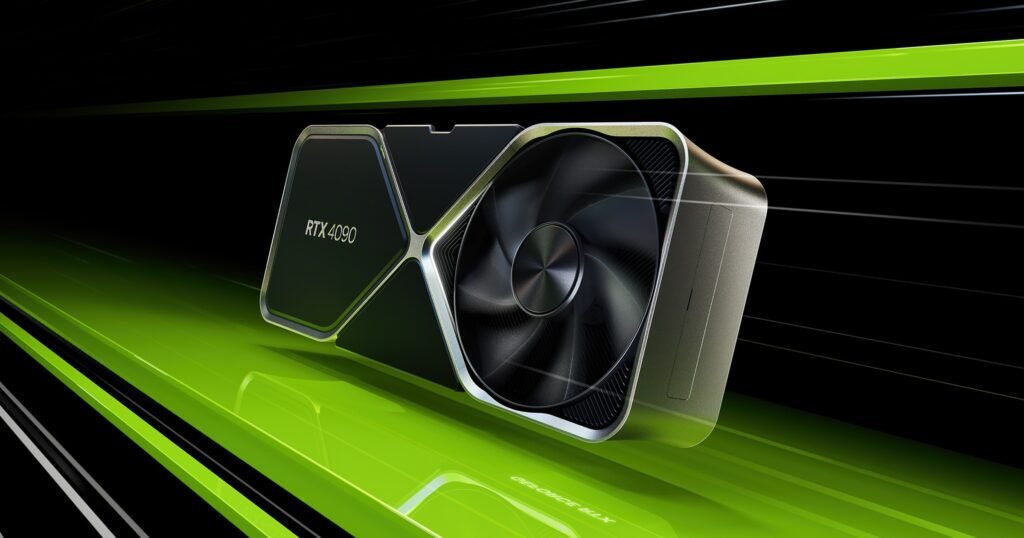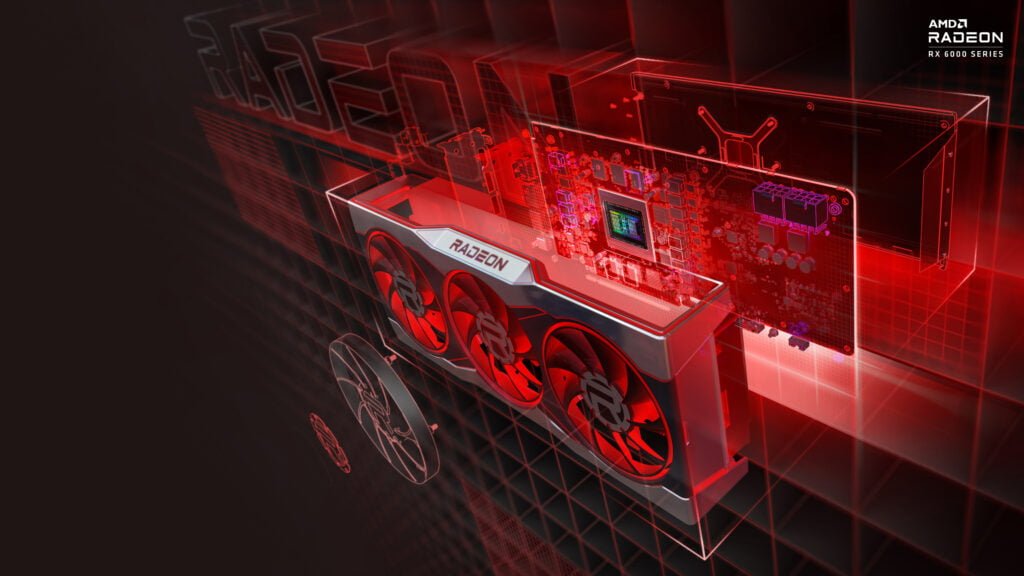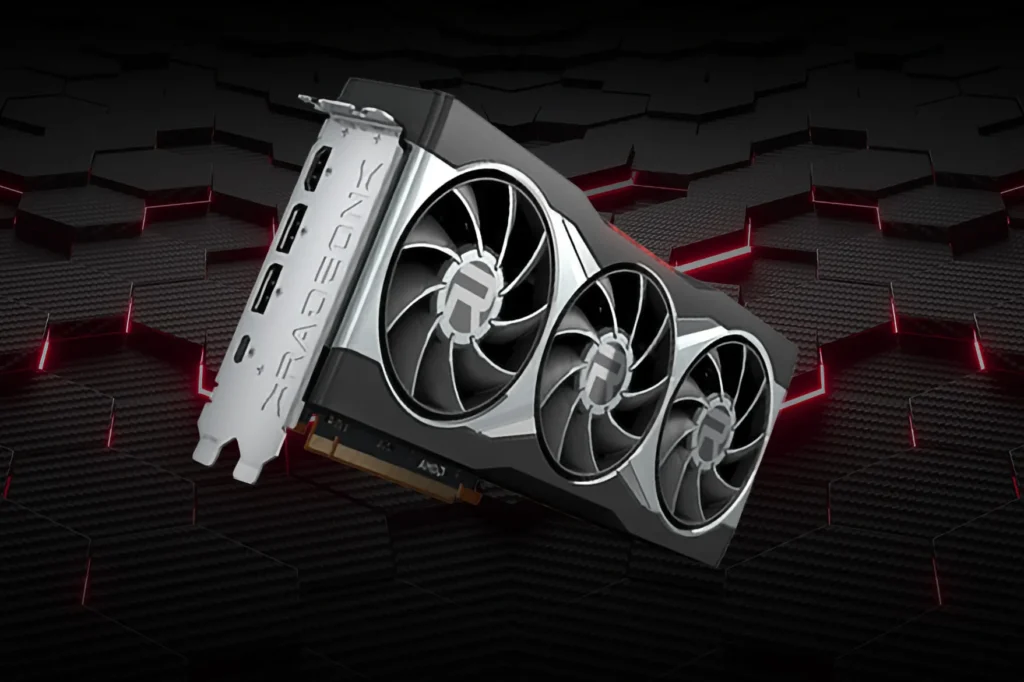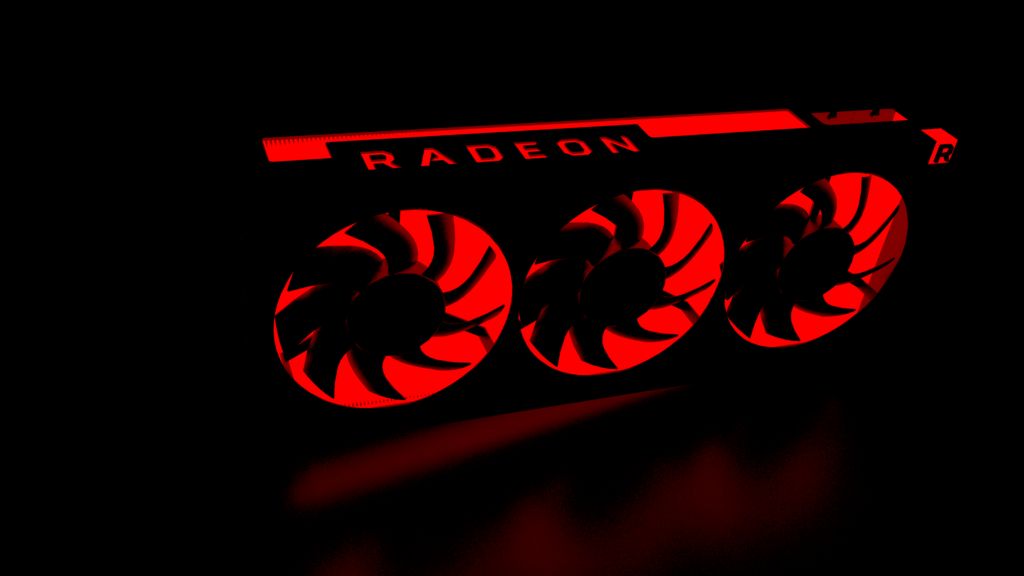Optimizing video settings for performance is crucial for a smooth and enjoyable gaming experience. Whether you’re playing competitive shooters like Counter-Strike or immersive RPGs, finding the right balance between visual quality and performance can significantly enhance your gameplay. In this guide, we’ll explore various settings and tips to help you achieve the best performance in your favorite games.

Understanding Key Graphics Settings
The key element of reaching the best video settings for a video game starts with understanding what the settings mean. Let’s pass over the most common graphics settings that are available on most modern video games:
Resolution
- The number of pixels displayed on the screen, typically represented as width x height (e.g., 1920×1080).
- Impact: Higher resolutions provide sharper and more detailed images but require more processing power. For example, 4K resolution (3840×2160) offers stunning clarity but can significantly reduce frame rates if your hardware isn’t powerful enough. Lowering the resolution can improve performance but may result in a less detailed image.
Refresh Rate
- The number of times the screen refreshes per second, measured in Hertz (Hz).
- Impact: Higher refresh rates (e.g., 144Hz or 240Hz) provide smoother motion and are particularly beneficial in fast-paced games like first-person shooters. However, to fully benefit from a high refresh rate, your GPU must be capable of delivering a high frame rate. A 60Hz monitor can display up to 60 frames per second (FPS), while a 144Hz monitor can display up to 144 FPS, resulting in smoother gameplay.
Note: to find your monitor’s refresh rate, you can look at section 8 of our guide on optimizing Squad 44 frame-rate.
V-Sync (Vertical Sync)
- Synchronizes the frame rate of the game with the refresh rate of the monitor to prevent screen tearing.
- Impact: While V-Sync can eliminate screen tearing, it can also introduce input lag, which may affect your responsiveness in competitive games. Adaptive sync technologies like G-Sync (NVIDIA) and FreeSync (AMD) offer a better solution by dynamically adjusting the monitor’s refresh rate to match the GPU’s frame rate, reducing both tearing and lag.
Anti-Aliasing
- Techniques used to smooth jagged edges on objects in the game.
- Impact: Anti-aliasing improves visual quality by reducing the “staircase” effect on edges. However, it can be demanding on the GPU. Different types of anti-aliasing include:
- FXAA (Fast Approximate Anti-Aliasing): Less demanding but can blur textures.
- TAA (Temporal Anti-Aliasing): Balances performance and quality but may cause slight blurring.
- MSAA (Multi-Sample Anti-Aliasing): Higher quality but more demanding on performance.

Texture Quality
- Determines the detail level of textures applied to objects in the game.
- Impact: Higher texture quality enhances the visual detail of surfaces, making them look more realistic. However, it requires more VRAM (Video RAM). If your GPU has limited VRAM, lowering texture quality can help maintain smoother performance.
Shadows and Lighting
- Controls the quality and detail of shadows and lighting effects in the game.
- Impact: High-quality shadows and advanced lighting effects like global illumination and ambient occlusion can create a more immersive environment but are very demanding on the GPU. Reducing shadow and lighting quality can significantly boost performance, especially in open-world games with complex environments.
Field of View (FOV)
- The extent of the game world visible on the screen, usually adjustable in degrees.
- Impact: A wider FOV provides better situational awareness, which is crucial in competitive games. However, it can also reduce performance as more of the game world needs to be rendered. Finding a comfortable FOV setting that balances visibility and performance is key.
By understanding these settings and how they affect both visual quality and performance, you can make informed adjustments to optimize your gaming experience. Experiment with different configurations to find the perfect balance for your specific hardware and gaming preferences.
There are more technologies that can be applied to improve performance of your video game, but they are not available in every video game:
Dynamic Resolution Scaling
- Dynamic Resolution Scaling (DRS) adjusts the game’s resolution in real-time based on the current performance demands.
- Impact: This technique helps maintain a stable frame rate by lowering the resolution during graphically intense scenes and increasing it when less processing power is needed. This ensures smoother gameplay without noticeable drops in visual quality. For example, if your GPU is struggling during a complex battle scene, DRS will reduce the resolution to keep the frame rate consistent, then increase it back when the scene is less demanding.
DLSS (Deep Learning Super Sampling)
- DLSS is an AI-based upscaling technology developed by NVIDIA. It uses deep learning algorithms to render images at a lower resolution and then upscale them to a higher resolution.
- Impact: DLSS significantly boosts performance while maintaining high visual fidelity. It allows gamers to enjoy higher resolutions and settings without the usual performance hit. For instance, with DLSS enabled, a game can be rendered at 1080p and then upscaled to 4K, providing near-native 4K quality with much better performance.
FSR (FidelityFX Super Resolution)
- FSR is AMD’s upscaling technology similar to DLSS. It uses spatial upscaling techniques to improve performance across a wide range of GPUs.
- Impact: FSR enhances performance by rendering the game at a lower resolution and then upscaling it to the target resolution. This technique is particularly beneficial for gamers with older or mid-range GPUs, as it provides a noticeable performance boost while maintaining good visual quality. Unlike DLSS, FSR does not require dedicated AI hardware, making it more accessible.

Practical Tips for Optimizing Game Settings
- Benchmarking
- Benchmarking involves running tests to measure the performance of your system under various settings. We will dive deeper into this in the next section.
- Impact: By using built-in benchmarks or third-party tools, you can identify the optimal settings for your hardware. This process helps you understand how different settings affect performance and allows you to make informed adjustments.
- Driver Updates
- Keeping your GPU drivers up to date ensures that your hardware can take advantage of the latest performance improvements and bug fixes. Search google for your graphics card model drivers, download and install them from your manufacturer’s website.
- Impact: Manufacturers frequently release driver updates that optimize performance for new games and fix compatibility issues. Regularly updating your drivers can lead to smoother gameplay and better overall performance.
- Background Processes
- Closing unnecessary background applications frees up system resources for gaming. Use task manager to kill any process that isn’t necessary. Avoid having browsers / youtube / spotify open while playing video games.
- Impact: Background processes can consume CPU, memory, and disk resources, which can negatively impact game performance. By minimizing these processes, you can ensure that more resources are available for your game, leading to improved performance.
- In-Game Settings
- Adjusting in-game settings based on your hardware capabilities and personal preferences, following the meaning of each setting from the previous section of this guide.
- Impact: Starting with a balanced preset (e.g., medium settings) and then tweaking individual settings allows you to find the best balance between visual quality and performance. For example, you might lower shadow quality and anti-aliasing while keeping texture quality high to achieve a smoother frame rate.

Benchmarking
Sometimes, games include benchmarking on their own. Change your settings as you feel best, then to check the result, run the game’s benchmarking feature.
If your game does not have a benchmarking ability, you can use any of the following leading benchmarking software:
- 3DMark
- Description: One of the most popular benchmarking tools, 3DMark offers a variety of tests to measure your PC’s gaming performance. It includes benchmarks like Fire Strike (DX11), Time Spy (DX12), and Port Royal (ray tracing).
- Use Case: Ideal for gamers and overclockers who want to test their GPU’s capabilities under different scenarios.
- Unigine Heaven
- Description: A GPU-intensive benchmark that tests your graphics card’s performance using a detailed 3D environment. It provides real-time rendering and stress testing.
- Use Case: Great for evaluating GPU stability and performance, especially useful for overclockers.
- Cinebench
- Description: Focuses on CPU performance by rendering a complex 3D scene. It measures how well your CPU handles multi-threaded tasks.
- Use Case: Perfect for assessing CPU performance, particularly useful for content creators and gamers who need strong CPU capabilities.
- UserBenchmark
- Description: An all-in-one benchmarking tool that tests your CPU, GPU, SSD, HDD, and RAM. It provides a comprehensive overview of your system’s performance.
- Use Case: Useful for getting a broad understanding of your PC’s overall performance and identifying potential bottlenecks.
- Superposition
- Description: Developed by Unigine, this benchmark tests your GPU’s performance using a highly detailed 3D environment. It supports resolutions up to 8K.
- Use Case: Ideal for testing high-end GPUs and ensuring they can handle demanding tasks.
- FRAPS
- Description: A real-time video capture and benchmarking tool that measures frame rates in games. It provides detailed statistics on your system’s performance.
- Use Case: Great for gamers who want to monitor their FPS and capture gameplay footage.
Conclusion
Finding the best video settings for performance involves understanding the impact of each setting and making adjustments based on your hardware and personal preferences. By following the tips and techniques outlined in this guide, you can optimize your gaming experience and enjoy smoother, more responsive gameplay.
Happy gaming!






[…] You can check out our guide on how to best optimize graphics settings for best performance while playing video games. […]
[…] Check out our guide for a more in-depth view on graphics settings How to Find the Best Graphics Settings for Performance in a Video Game (fragfriend.com) […]
[…] on ultra settings at 1440p and a high frame rate with temporal anti aliasing and frame gen via Nvidia DLSS. The game also has frame gen through AMD FSR, and scaling through TAA, FSR, XeSS, and DLSS. Because […]
[…] a lot of attention, which causes more gamers to play it and uncover edge cases that cause crashes, performance issues and unexpected behaviors that the developers did not test before publishing the game. And Tiny Glade […]
[…] exceptionally well-optimized and has low requirements. Even so, these settings minimize input lag, increase frames, and maintain high […]